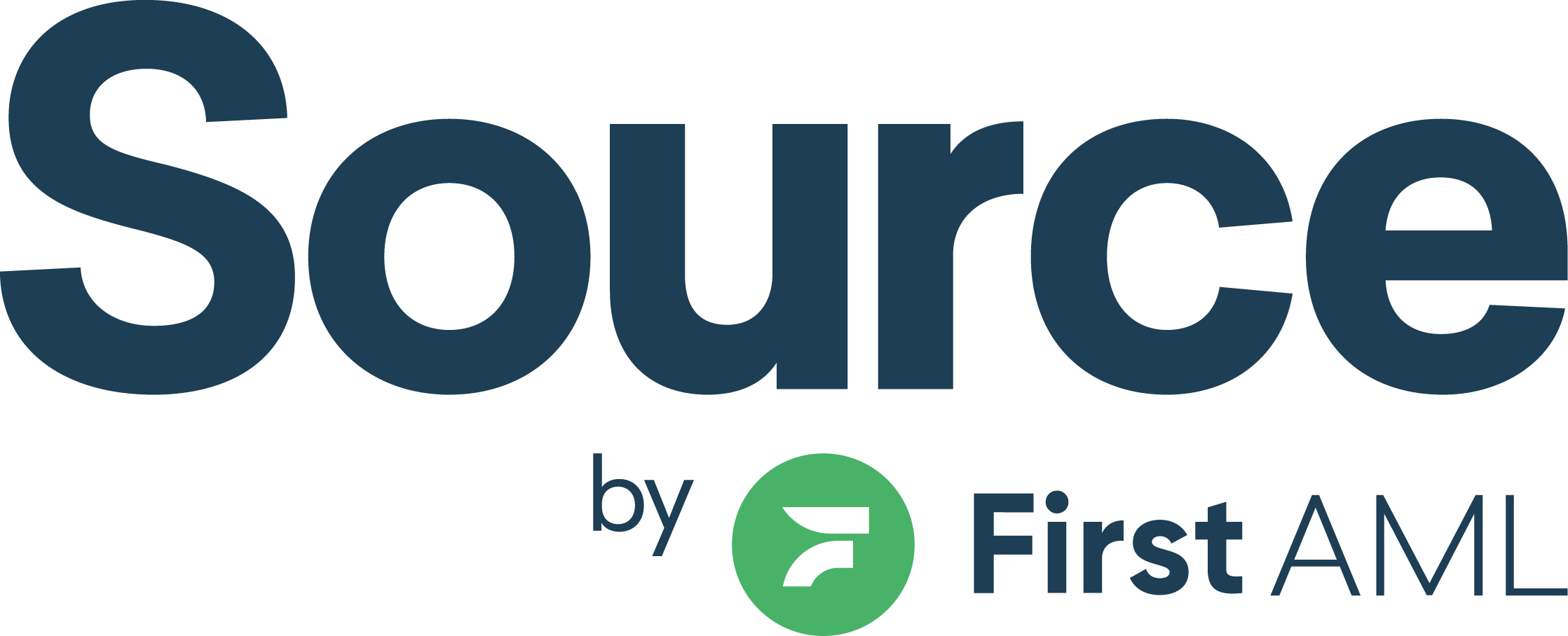TABLE OF CONTENTS
- Summary
- When to Use Branching
- Example:
- When Not to Use Branching
- How Branching Works
- View Flow
- Tips and Best Practices
Summary
Branching is a powerful tool that helps you build smarter, more dynamic forms. It lets you tailor the form based on user responses, so users only see the questions that are relevant to them. This keeps your forms concise and focused, improving the experience and reducing unnecessary noise.
Need help with Branching? Please submit a ticket or email us on support@firstaml.com
When to Use Branching
Use branching when you want to:
Ask follow-up questions based on a specific response.
Tailor questions to particular client types (e.g. Trust, Company, Individual).
Collect additional detail when risk indicators are triggered.
Show or hide questions based on country, entity type, or other risk factors.
Example:
Question: What is the entity type?
- If 'Private Company' -> go to Section 2: Private Company specific questions
- If 'Trust' -> go to Section 3: Trust specific questions
- If Limited Partnership -> go to Section 4: Limited Partnership specific questions
When Not to Use Branching
Avoid using branching when:
You want the next question to appear directly after the current one. In this case, you don’t need to configure branching as questions flow in order by default.
You want to prompt the user to provide a comment for an “Other” option. Use the built-in Other feature instead, it automatically prompts the user for a free-text explanation.
How Branching Works
You should build out all questions and answers first before enabling branching. When you enable branching you can only branch to questions that already exist.
Follow these steps to add branching logic to your questions:
Select the relevant question
Choice and Yes/No questions support branching.
Configure Branching
Select "Configure branching"
Select Target Questions
For each answer option, select the question you want to show next from the dropdown.
You can only branch forward to questions that appear below the current question.
Review
You can easily review your branching decisions at a high level whilst not in Edit mode.
You will see an icon on the right of every answer you have configured branching for, confirming which question each answer branches to.

View Flow
The View Flow displays an interactive map of all the questions you’ve configured in your form.
This helps you visualise how your form progresses, especially when using dynamic questions, to ensure each path flows correctly and reconnects to the main questions for all clients.
To open the map, click View Flow and the logic map will slide in from the right-hand side of the screen.
You can adjust the view using the size selector in the top right corner. Choose from S, M, or L depending on your preferred level of detail.
The toolbar in the top left corner of the map allows you to:
Zoom in or Zoom out
Fit view to see the entire form
Lock form to prevent dragging questions on the map
Exit mini map
Download flow chart for reference or sharing
When the lock icon is in the unlocked position, you can drag and move the question boxes around the mini map.
This helps you rearrange the view to see all questions clearly or adjust the layout for easier navigation.
Tips and Best Practices
Build first, branch later: Lay out all your questions before applying branching logic.
Label clearly: Use headers and question titles to stay organised.
Reordering is supported: Branching is tied to the question itself, not its number. You can move questions around, and any branching logic will update automatically. For example, if Question 7 is set as a follow-up and you move it to become Question 8, the branch will still point to that specific question.
